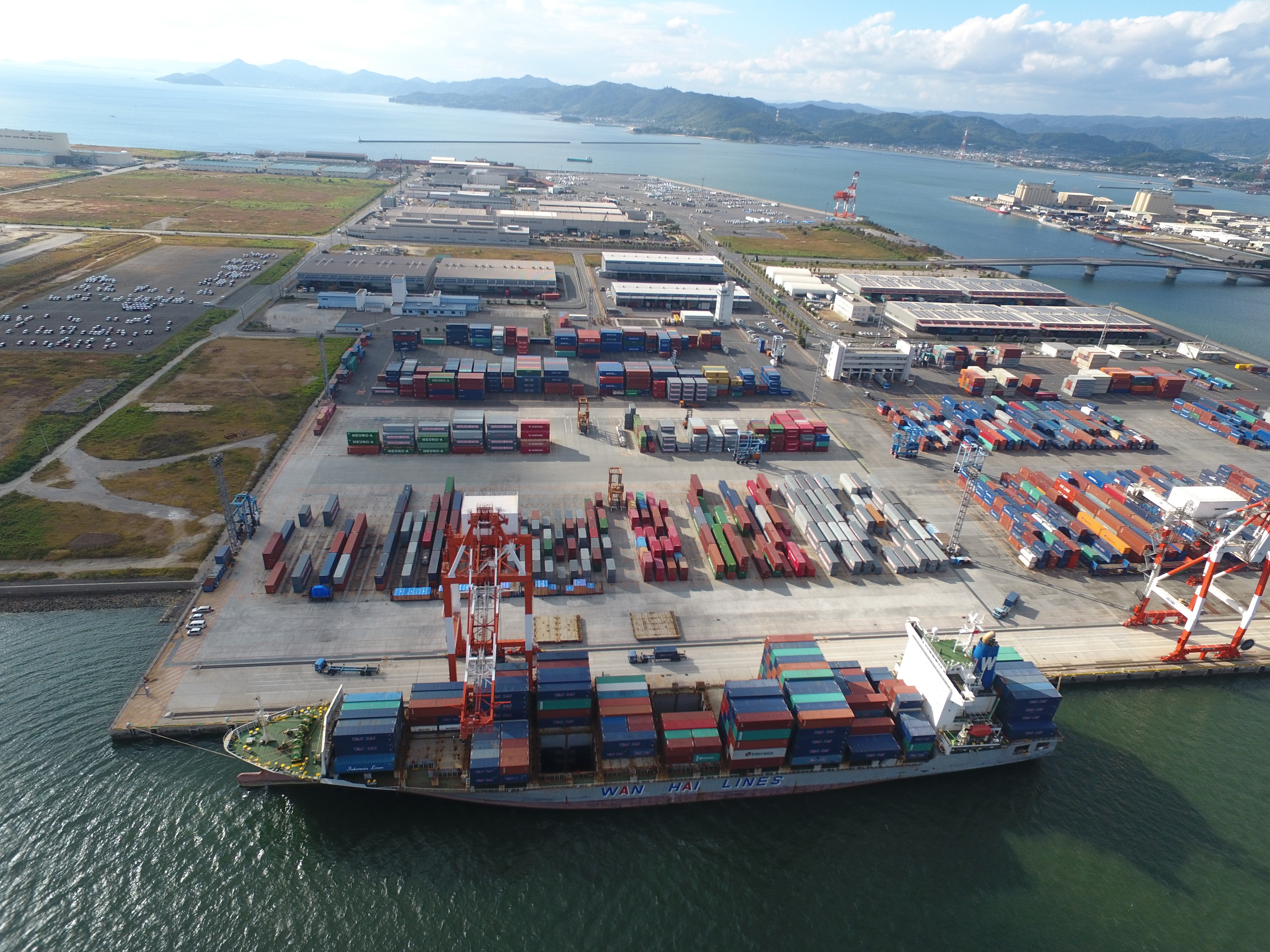FY 2021 Joint Research Project: TSUMORI Takayuki
Project
Japan-Taiwan comparative studies on sustainability of low-agglomeration areas
Members
TSUMORI Takayuki (Project leader)
Graduate School of Humanities and Social Sciences, Okayama University
KITAGAWA Hirofumi
Graduate School of Humanities and Social Sciences, Okayama University
TENG Jian
Graduate School of Humanities and Social Sciences, Okayama University
FUKUSHIGE Satoko
Graduate School of Humanities and Social Sciences, Okayama University
TOKI Masahito
Graduate School of Humanities and Social Sciences, Okayama University
NISHITA Yosuke
Graduate School of Humanities and Social Sciences, Okayama University
SATO Junpei
Graduate School of Humanities and Social Sciences, Okayama University
TENNOJIYA Tatsumasa
Graduate School of Humanities and Social Sciences, Okayama University
TASHIRO Kouki
Graduate School of Humanities and Social Sciences, Okayama University
TSAI Hsi-Hsum
Graduate Institute of Japanese Political and Economic Studies, Tamkang University, Taiwan
HU Ching-Shan
Graduate Institute of Japanese Political and Economic Studies, Tamkang University, Taiwan
KOYAMA Naonori
Graduate Institute of Japanese Political and Economic Studies, Tamkang University, Taiwan
HSU Hong-Hsin
Graduate Institute of Japanese Political and Economic Studies, Tamkang University, Taiwan
Project Overview
Currently, fragmentation (segmentation of the production process) and cross-border decentralization have rapidly increased accompanying the global development of information systems and the formation of global logistics systems. Patterns of industrial agglomeration have spatially changed significantly, with cities and regions dividing into areas that are further strengthening their functional agglomeration, those that are pursuing new functional agglomeration strategies, former high-agglomerate cities and regions experiencing a hollowing out of their industry, and areas with increasingly deteriorating functional agglomeration.
In this research project, we will pursue multifaceted analyses of the acceleration mechanisms and structure of low-agglomeration areas, considering the economy, administration, accounting, legal systems, and the various actors operating therein, and consider their spatial and historical development through a comparison of the situation in the Seto region of Japan and Taiwan. Additionally, we will consider the conditions and factors leading to the sustainability of low-agglomeration areas by analyzing the realization of the latent core competence of these areas and the possibility of the construction of a new inter-local network connecting them.


